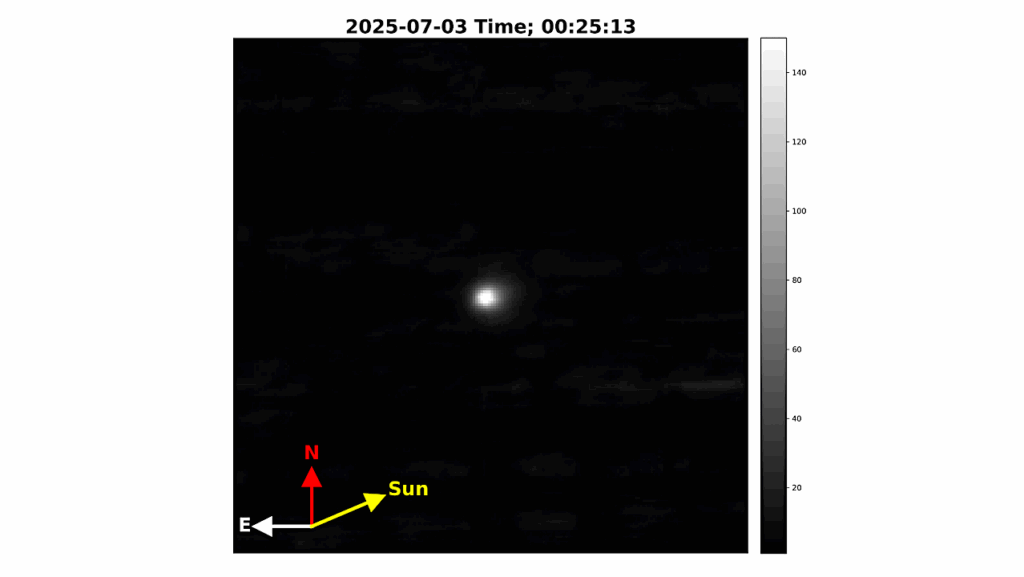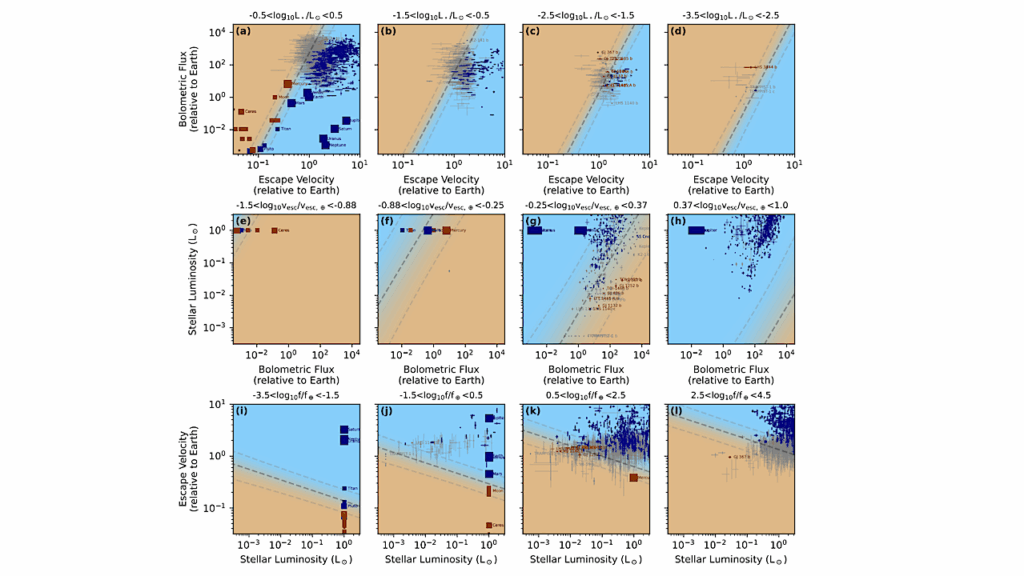Resolving Desorption Of Complex Organic Molecules In A Hot Core: Transition From Non-thermal To Thermal Desorption Or Two-step Thermal Desorption?

Using the high angular resolution provided by the ALMA interferometre we want to resolve the COM emission in the hot molecular core Sagittarius B2(N1) and thereby shed light on the desorption process of Complex Organic Molecules (COMs) in hot cores.
We use data taken as part of the 3 mm spectral line survey Re-exploring Molecular Complexity with ALMA (ReMoCA) to investigate the morphology of COM emission in Sagittarius B2(N1). Spectra of ten COMs are modelled under the assumption of LTE and population diagrams are derived for positions at various distances to the south and west from the continuum peak. Based on this analysis, resolved COM rotation temperature and COM abundance profiles are derived. Based on the morphology, a rough separation into O- and N-bearing COMs can be done. Temperature profiles are in agreement with expectations of protostellar heating of an envelope with optically thick dust.
Abundance profiles reflect a similar trend as seen in the morphology and, to a great extent, agree with results of astrochemical models that, besides the co-desorption with water, predict that O-bearing COMs are mainly formed on dust grain surfaces at low temperatures while at least some N-bearing COMs and CH3CHO are substantially formed in the gas phase at higher temperatures. Our observational results, in comparison with model predictions, suggest that COMs that are exclusively or to a great extent formed on dust grains desorb thermally at ~100 K from the grain surface likely alongside water.
Non-zero abundance values below ~100 K suggest that another desorption process is at work at these low temperatures: either non-thermal desorption or partial thermal desorption related to lower binding energies experienced by COMs in the outer, water-poor ice layers. In either case, this is the first time that the transition between two regimes of COM desorption has been resolved in a hot core.
Laura A. Busch, Arnaud Belloche, Robin T. Garrod, Holger S. P. Müller, Karl M. Menten
Comments: Accepted for publication in A&A
Subjects: Astrophysics of Galaxies (astro-ph.GA)
Cite as: arXiv:2206.11174 [astro-ph.GA] (or arXiv:2206.11174v1 [astro-ph.GA] for this version)
Submission history
From: Laura Ann Busch
[v1] Wed, 22 Jun 2022 15:32:03 UTC (5,626 KB)
https://arxiv.org/abs/2206.11174
Astrobiology








